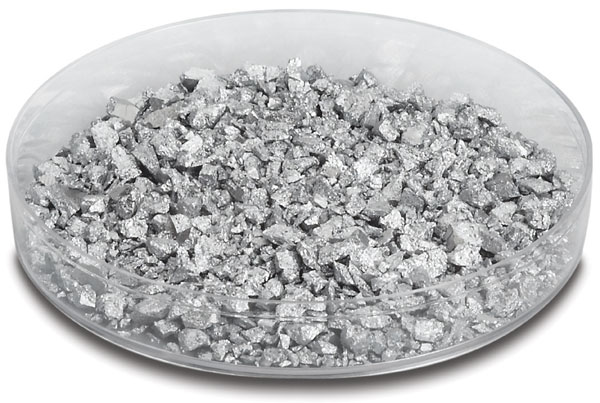How Does Chromium Work?

How Does Chromium Work?
In this article, we will take a look at how chromium works. The melting point of chromium is the lowest of the abundant refractory metals, but it is more than 700 degrees above that of iron. The density of chromium is slightly less than that of iron. At elevated temperatures, it acquires an adherent oxide film on the surface that tends to protect it from further oxidation to about 1700 F. Furthermore, it is available in relatively large quantities. For these reasons, chromium and chromium-base alloys have been studied extensively for high-temperature applications.

How Chromium Works?
Chromium metal may be obtained by a number of different processes, each yielding metal having various levels of purity. Only the purest chromium is considered to be ductile, and the mechanical properties of the various grades of chromium are dependent on such factors as purity, fabricating history, grain size, and surface condition.
Specimens containing more than 0. 01 percent carbon, 0.015 percent sulfur, or 0.02 percent nitrogen are brittle when fractured at room temperature. Because of the high-purity requirement for chromium-based alloys and the embrittlement caused by many metallic alloying elements in small percentages, the development of chromium-based alloys has been rather slow.
However, alloys with 1 and 5 percent tungsten and 1 percent titanium have been extruded and rolled satisfactorily. Likewise, alloys containing 25 percent iron, 6 to 9 percent molybdenum, and small amounts of titanium and aluminum can be hot forged and hot rolled. Alloys of chromium with yttrium and rhenium also are of interest.
A recent announcement disclosed the development of a chromium base alloy containing columbium, molybdenum, and tungsten. This alloy is said to be workable hot or cold and capable of being shaped into bars, flats, wire, strips, tubing, and forgings. In addition, a cast chromium-nickel alloy has been developed for certain high-temperature applications involving corrosion by flue gases.

How Chromium Works?
Chromium metal is used extensively for chromium plating. This may be a relatively thin decorative plate or a thicker "hard" plate for wear resistance. Large tonnages of chromium are used as various grades of ferrochromium for alloying additions to steels and cast iron. Many of the low alloy steels contain small percentages of chromium, while the "stainless" steels contain 12 percent or more chromium. In addition, chromium is an important alloying element in nickel- and cobalt-base alloys.
Conclusion
Thank you for reading our articles and we hope it can be helpful to you. If you want to know more about chromium and other refractory metals, you can visit Advanced Refractory Metals for more information. We offer super high-quality chromium products and other refractory metals to our customers at a very competitive price.
{{item.content}}
LEVE A REPLY
{{item.children[0].content}}
{{item.content}}






